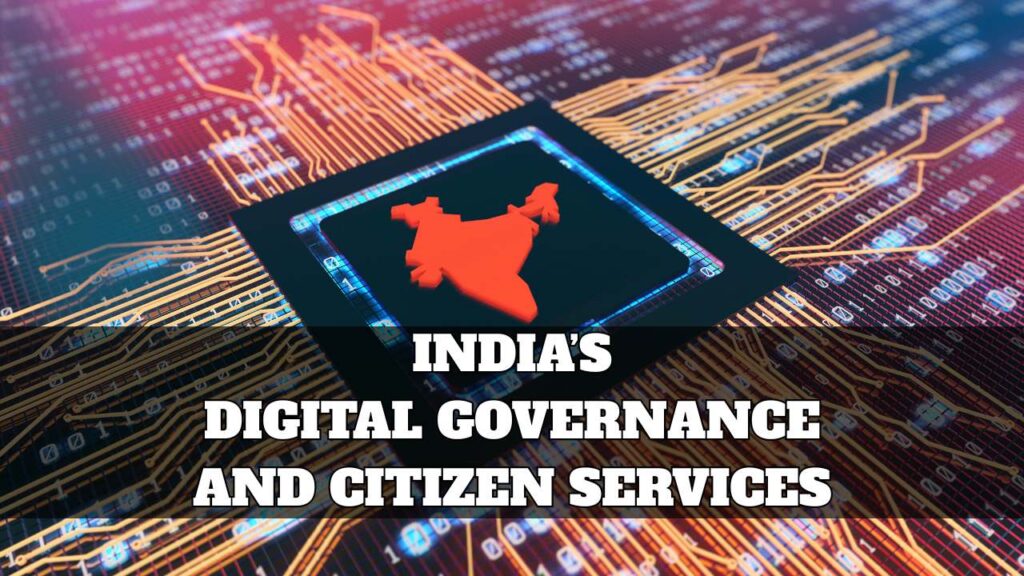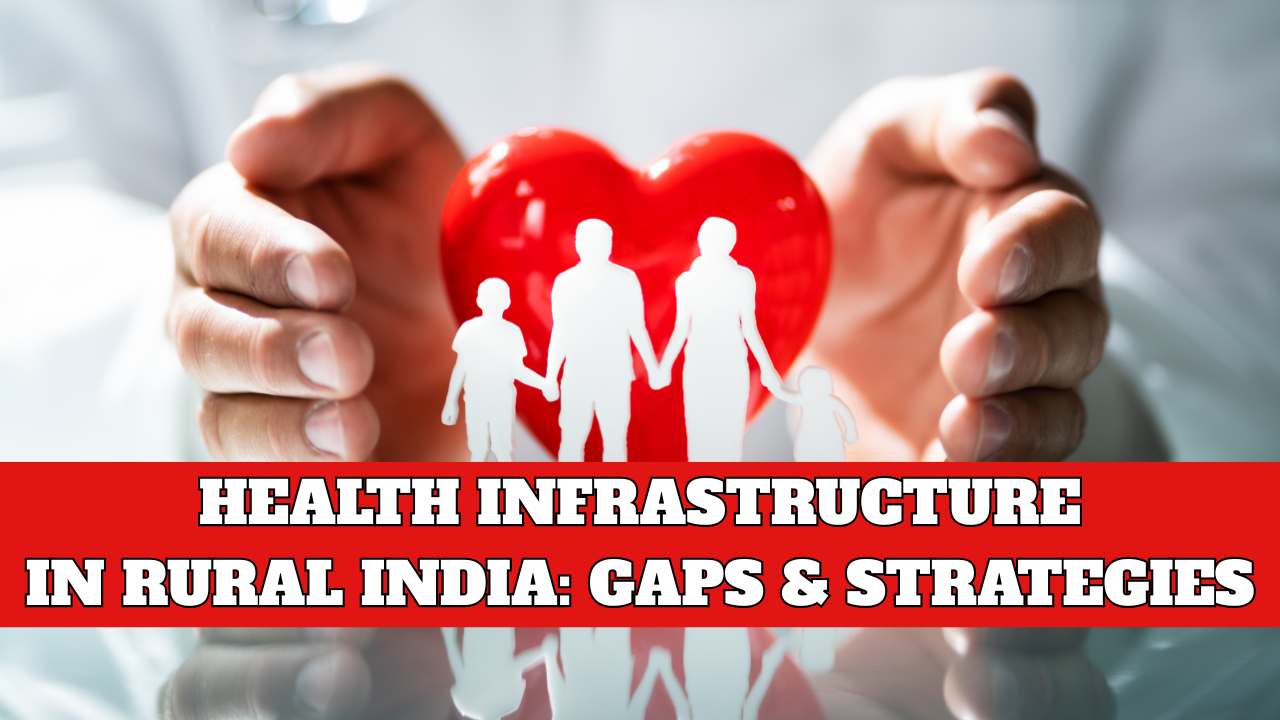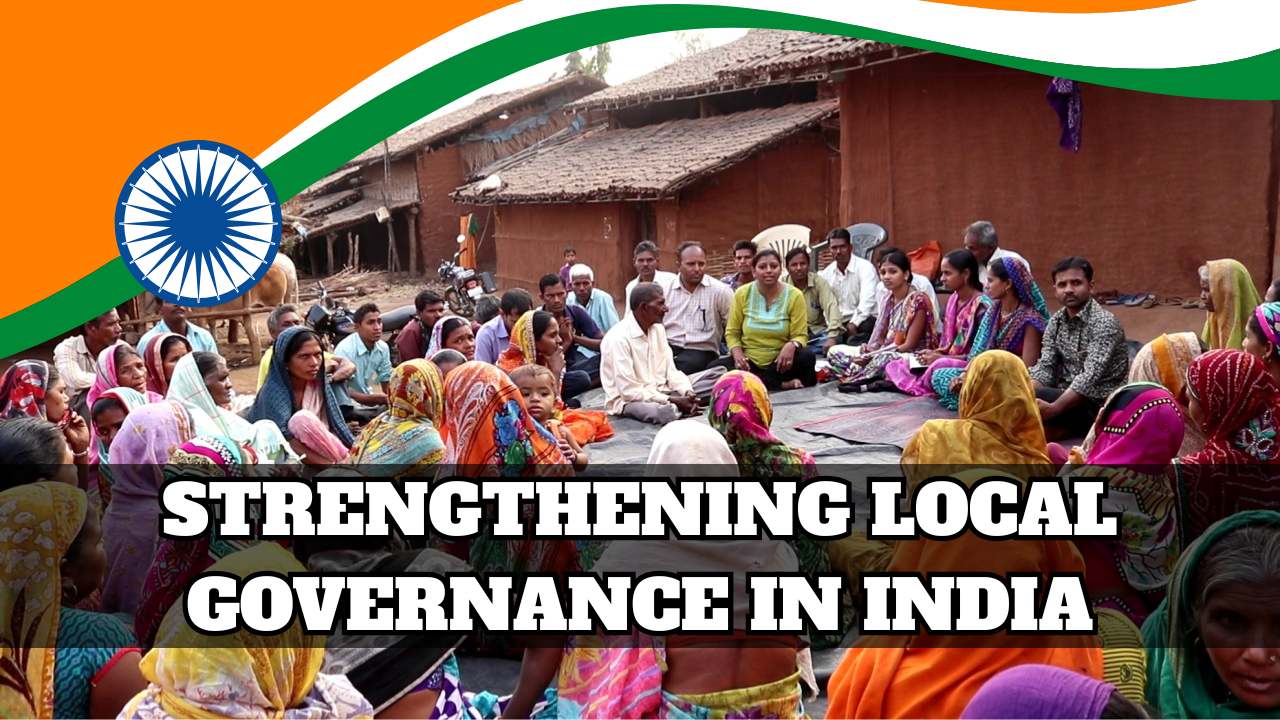With the help of programs like Digital India, Aadhaar, and DigiLocker, digital government and citizen services have significantly changed in India. The goal of the 2015-launched Digital India program is to establish a digitally empowered society by enabling internet connectivity nationwide, fostering digital literacy, and offering government services online. Connecting more than 2.5 lakh Gramme Panchayats, extending high-speed internet networks to rural areas via BharatNet, and offering online services including income tax returns, pension benefits, and passport applications are important components. Over 1.3 billion people have registered for Aadhaar, the largest biometric-based digital identity system in the world, which has played a key role in providing citizens with tailored benefits and services. Government papers can be shared and stored digitally by citizens using DigiLocker, a secure cloud-based application.
Digital Governance and Citizen Services In India
India’s digital governance and citizen services have changed as a result of programs like DigiLocker, Aadhaar, and Digital India. By delivering government services online, encouraging digital literacy, and guaranteeing internet connectivity, the Digital India initiative seeks to build a society that is empowered by technology. Expanding high-speed internet networks via BharatNet, linking Gramme Panchayats, and offering online services like income tax returns and passport applications are important components. The largest biometric digital identity system in the world, Aadhaar, offers citizens specific advantages and services. Documents provided by the government can be shared and stored securely with DigiLocker. The Unified Payments Interface (UPI) has facilitated digital transactions, and websites such as MyGov allow citizens to participate in governance.

Key Features of Digital Governance and Citizen Services
The key features of Digital Governance and Citizen Services in India include:
- Digital Infrastructure: Expanding high-speed internet networks through initiatives like BharatNet, connecting Gram Panchayats and promoting digital connectivity.
- E-Governance: Providing online services like passport applications, income tax returns, and pension services, making governance more transparent and efficient.
- Digital Identity: Aadhaar, the world’s largest biometric-based digital identity system, delivers targeted benefits and services to citizens.
- Digital Payments: Unified Payments Interface (UPI) promotes digital transactions, reducing reliance on cash and increasing financial inclusion.
- Citizen Engagement: Platforms like MyGov enable citizens to participate in governance, provide feedback, and contribute to policy-making.
- Digital Literacy: Initiatives like Pradhan Mantri Gramin Digital Saksharta Abhiyan (PMGDISHA) promote digital literacy, empowering citizens to access digital services.
- Secure Digital Storage: DigiLocker allows citizens to store and share government-issued documents digitally, reducing paperwork and increasing efficiency.
- Transparency and Accountability: Digital governance initiatives promote transparency, accountability, and good governance, reducing corruption and improving service delivery.
What are the Benefits of Digital Governance and Citizen Services In India?
The benefits of Digital Governance and Citizen Services in India include
- Improved Efficiency: Digital governance initiatives have reduced processing times and increased citizen satisfaction by streamlining government services.
- Enhanced Transparency: Digital services provide real-time access to government information and processes, reducing corruption and increasing accountability.
- Increased Accessibility: Digital platforms have expanded access to government services for citizens, especially in rural areas, promoting inclusivity and bridging the digital divide.
- Cost Savings: Digital services reduce paperwork, physical infrastructure costs, and transaction costs for citizens and governments.
- Improved Citizen Engagement: Platforms like MyGov enable citizens to participate in governance, provide feedback, and contribute to policy-making, fostering a sense of ownership and responsibility.
- Better Service Delivery: Digital governance initiatives have improved the delivery of essential services like healthcare, education, and pensions, enhancing the quality of life for citizens.
- Financial Inclusion: Digital payment systems like UPI have promoted financial inclusion, reducing reliance on cash and increasing access to financial services for underserved populations.
- Data-Driven Decision Making: Digital governance initiatives provide valuable insights and data, enabling data-driven decision-making and policy formulation.
- Accountability and Good Governance: Digital governance promotes transparency, accountability, and good governance, reducing corruption and ensuring that government services are delivered efficiently and effectively.
FAQS On Digital Governance and Citizen Services In India
What is Digital Governance in India?
Digital governance in India refers to the use of technology to enhance the delivery of government services, promote transparency, and improve citizen engagement.
What is the Digital India initiative?
The Digital India initiative is a flagship program aimed at transforming the country into a digitally empowered society and knowledge economy.
How has e-governance improved citizen services?
E-governance has improved access to services, enhanced transparency, and promoted financial inclusion.






